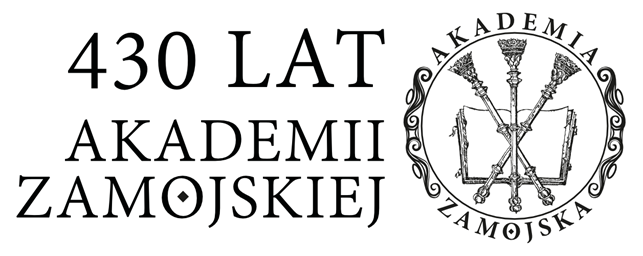Method of Investigation of Marginality of Rural Areas
Zbigniew Borkowski
Abstract
The present transformations of country areas lead to existence of phenomena triggering inner anomalies in spatial structure and regions' anormality. The variety of approaches to rural regions' issues result in dissimilarities in research methodologies conducted by different scientific disciplines and the obtained results cannot be compared. Hence trying to formulate an appropriate methodology seems essential. The research should be based on quantitative methods, among which nonlinear methods would be best to apply. The aim of this study is to describe ways of looking for such a method, it's presentation and preliminary assessment. A point of departure for the study is a statement that socio-economical marginality is formed by different spatial, economic, psychological and planning conditions. Satisfactory or unsatisfactory standard of living is an effect of their interactions. An analysis showed that existing reserves or an experience of happiness do not affect the feelings about the standard of living. It turned out that they in fact depend on human needs' satisfaction. In this case the term 'need' is used to denote something that is hard to do without and which is necessary for normal existence or for something to function. In turn, a thing is defined as anything that may be an object of sensual perception or anything that may be an object of judgement. Things are connected by relations consisting of subjects and objects of relations. The relations between its subject and object will be the criteria for a things' quality exerting an influence on satisfying human needs examination. Their evaluation allows to describe an appearance of a specific thing in the analysed area as indispensable, probable, superfluous or improbable. In the following part of the study the procedure of measurement of socio-economical marginality with the use of an analysis of relations between specific things' was described and then the manner of visualisation of the obtained results on a graph was shown. The distance between points A and B on a graph is a measure of a quality of a specific thing. The obtained result will help to make a decision on taking necessary protective or shaping actions in the thing. The method may be also applied in catastral evaluations.
Keywords:
rural areas, marginality, needs, things, criteria for evaluation of thingsMost read articles by the same author(s)
- Zbigniew Borkowski, Spatial Structure and Developmental Path of Płouszowice Research Area , Regional Barometer. Analyses & Prognoses: Vol. 14 No. 2 (2016)
Details
References
Statistics
Authors
Citation rules
Licence

This work is licensed under a Creative Commons Attribution-NonCommercial-NoDerivatives 4.0 International License.


 English
English
 Język Polski
Język Polski




